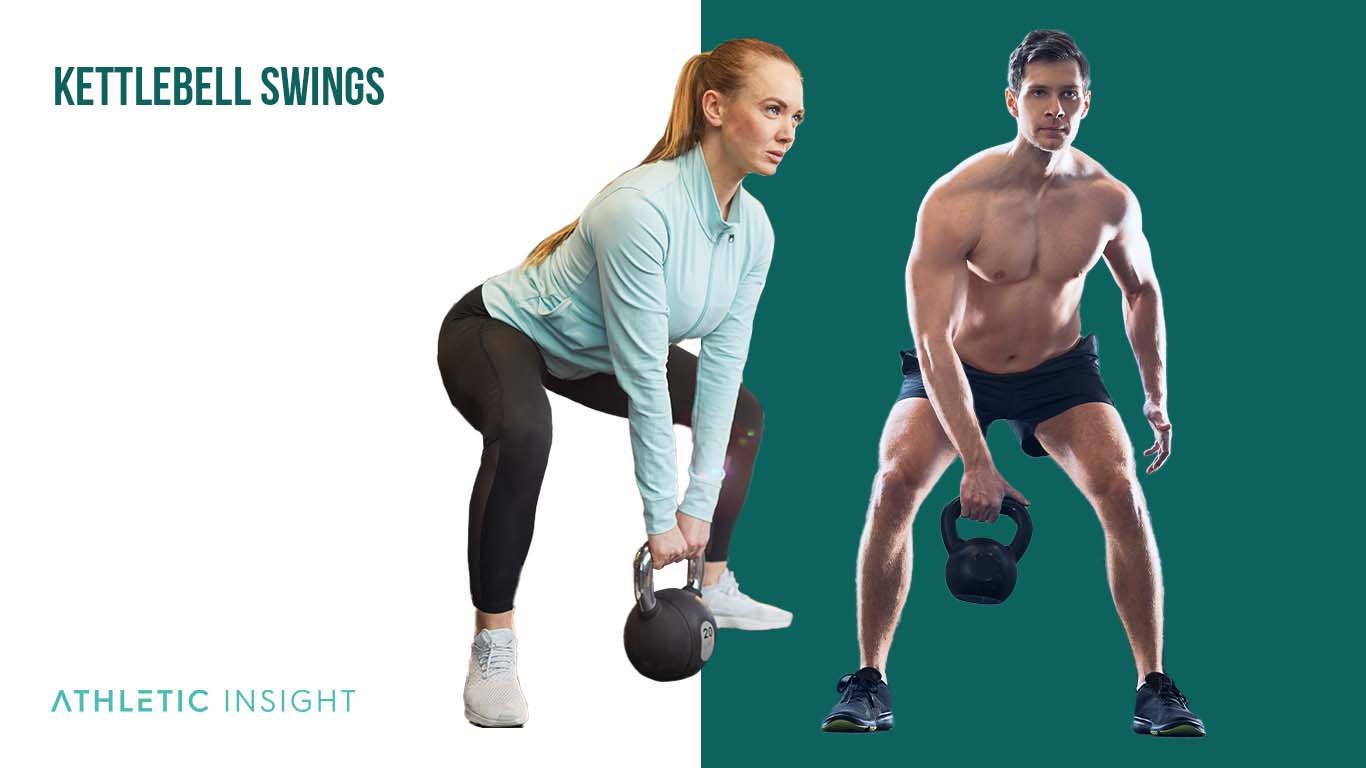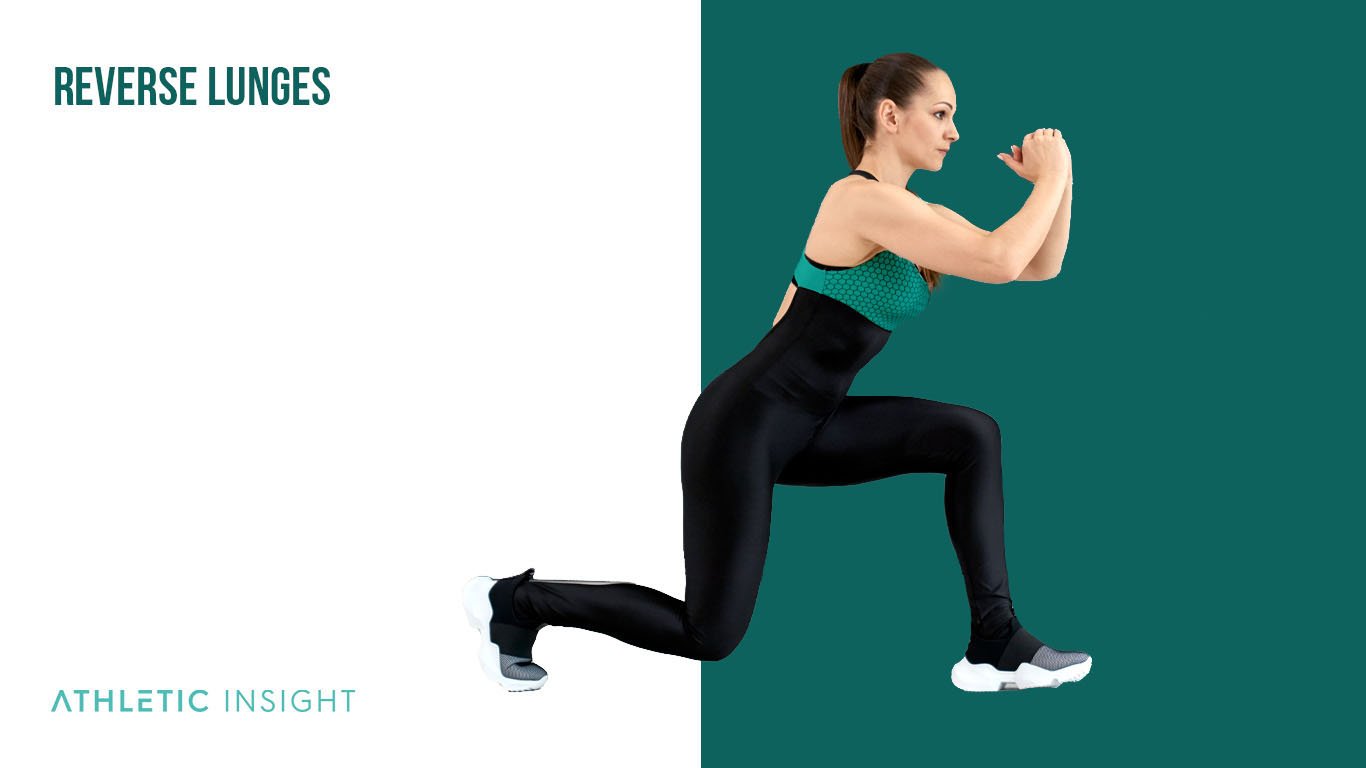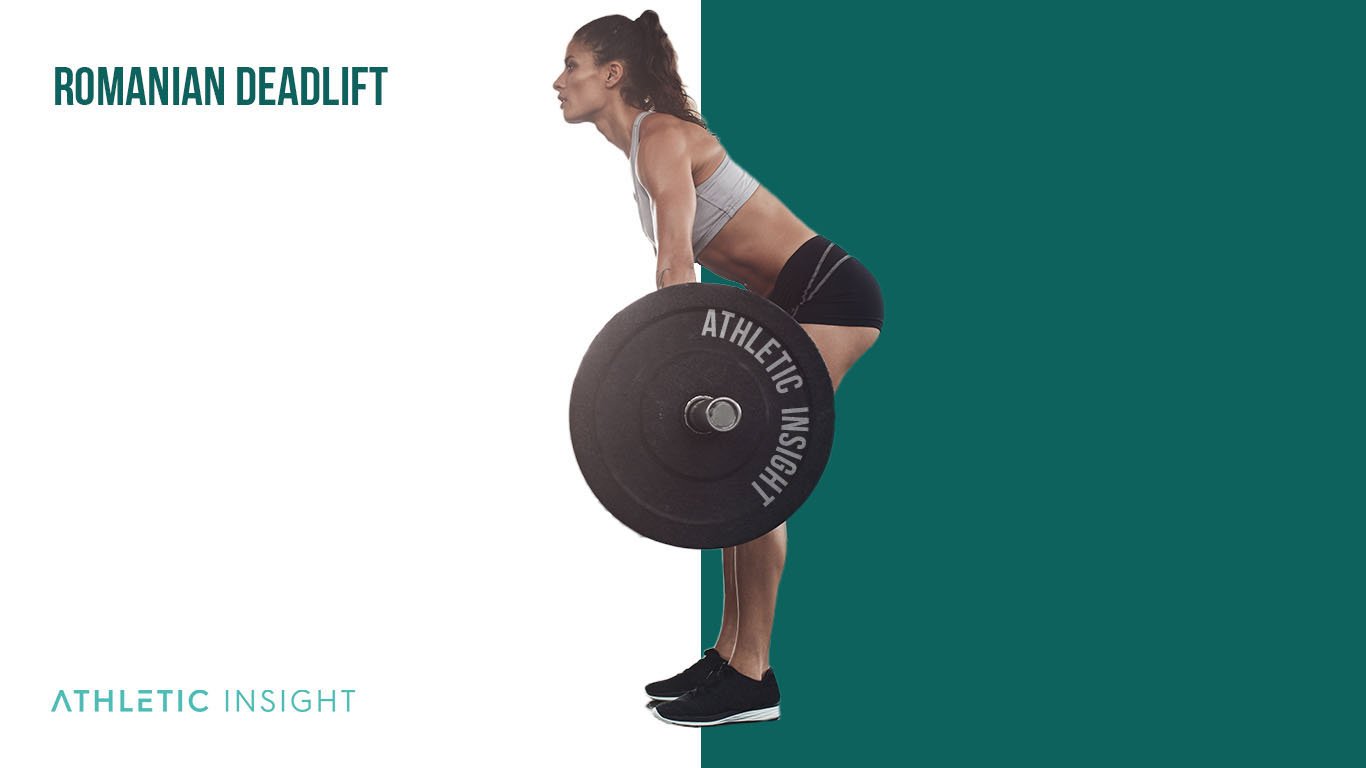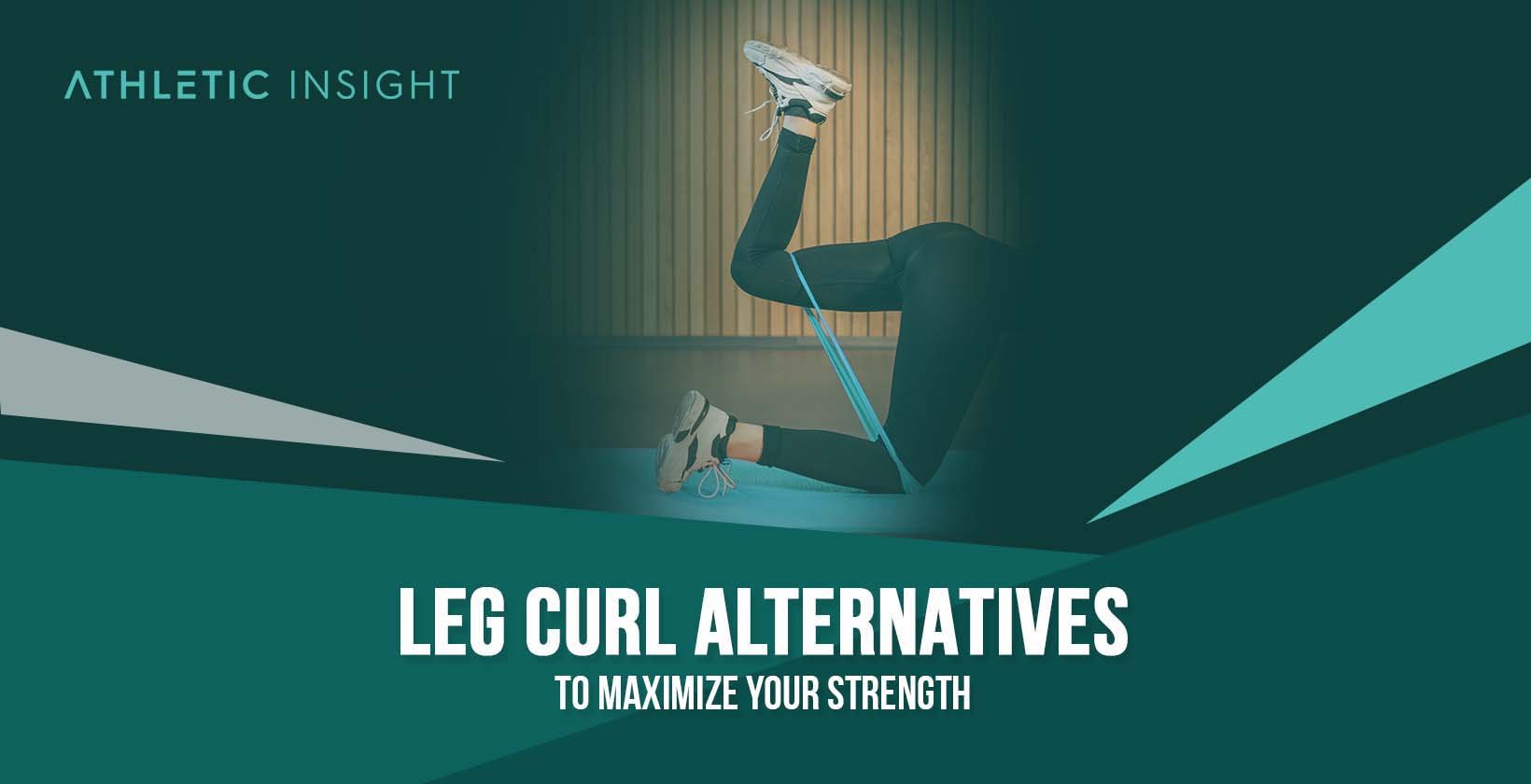The leg curl is a lower-body exercise that primarily focuses on the posterior chain. Since the leg curl will be bringing your heels in closer to your glutes, the hamstrings are the primary mover of the weight. Leg curls focus on targeting the hamstrings, calf muscles, glutes, quadriceps, and shins. The main muscles involved are the semitendinosus, biceps femoris, semimembranosus, gastrocnemius, soleus, gluteus, and tibialis anterior.
The purpose of the leg curl is to help with developing the hamstrings and increasing lower-body strength. The hamstrings are the primary muscles involved in sprinting, running, and jumping. Building the posterior chain of the legs, in addition to the quadriceps, can help balance any lower-body imbalances and avoid weaknesses that could harm your sports performance.
A leg curl alternative is an alternative exercise that can be used to replace the leg curl while still working out similar muscles. Alternatives to the leg curl add strength to the part of your lower body that you want to enhance and isolate. Some of them can also be useful to beginners who want to learn the leg curl.
For weightlifters and athletes, more complex versions of the leg curl can be used to target the back of the leg, helping with jumping, unilateral power, and building hamstrings to avoid injury when weightlifting. Conversely, if beginners do not know how to use the machine or the proper technique, alternatives can be helpful to provide the same benefits without worrying about injuries or overuse.
1. Kettlebell Swings
Kettlebell swings are a leg extension and leg curl alternative exercise that focuses on the hamstrings, hips, core, forearm muscles, upper back, triceps, and gluteal muscles all at once. Athletes use it for building relative strength and bodyweight power because of the full-body coordination it requires.

Kettlebell swings are comparable to leg curls because they work many of the same muscles, like the biceps femoris. While they both work this muscle, kettlebell swings better target this specific muscle while leg curls target others, including your glutes, shins, and more.
Alternatives to kettlebell swings include single-arm kettlebell swings, kettlebell deadlifts, single-leg kettlebell deadlifts, stiff leg deadlifts, and good mornings.
One mistake to avoid with kettlebell swings is bending your arms. Users prevent this mistake by keeping their arms straight and their chest upright. Another common mistake is rounding the back. This can cause injury and deteriorate your posture. Users can avoid this by keeping the back straight and practicing the motion without weight.
Beginners can focus on using a lightweight kettlebell to avoid injury and ensure they have the proper form. Single-arm swings with heavier weights are more challenging for intermediate and advanced users but will benefit them more.
2. Stiff Leg Deadlifts
Stiff leg deadlifts are a leg curl alternative that focuses on the hamstring and lower back muscles for weightlifters and bodybuilders. Weightlifters, bodybuilders, and other athletes use it to strengthen their hamstrings to avoid injuries while performing or in day-to-day life.
This exercise compares to a leg curl because it works the glutes and hamstrings. The primary difference between the two is that a leg curl is not a compound movement like a stiff leg deadlift.
Alternatives of the stiff leg deadlift include barbell deadlift, dumbbell deadlift, dumbbell stiff leg deadlift, single-leg stiff leg deadlift, single-leg kettlebell deadlift, and single-leg glute bridge.
One mistake to avoid with stiff leg deadlifts include rounding your upper back. Users can prevent this mistake by keeping their chest upright and hinging only at their hips.
Users can perform a stiff leg deadlift at a beginner, intermediate, or advanced level. Beginners can use lighter dumbbells, and single-leg stiff deadlifts can help add a needed challenge for more advanced users.
3. Good Mornings
Good mornings are a leg curl alternative that focuses on the gluteus maximus, adductor Magnus, hamstrings, erector spinae, and core muscles, and people use it for injury prevention. Athletes are the primary users of this exercise, but anyone can do it.
Good mornings compare to a leg curl because they work the hamstrings and glutes. This exercise also focuses on injury prevention which leg curls can do too.
Alternatives of the good mornings exercise are the single-leg kettlebell deadlift, banded good mornings, cable good mornings, barbell deadlift, and stiff leg deadlift.
One mistake to avoid with this exercise is bending below 90 degrees. Users can prevent this mistake by only hinging at their hips and keeping their back flat during the entire movement.
Good mornings are challenging to perform because it’s easy to lose the proper form. Beginners tend to struggle with this, even if the movement is easy. This is an intermediate exercise that anyone can do with practice.
4. Donkey Kicks
Donkey kicks is a lying leg curl alternative that works the gluteus maximus adductors, abductors, core, triceps, and hamstrings. It can be good for beginners who are new to using the gym and do not want to use any cables, dumbbells, or barbells.
Donkey kicks are compared to leg curls because users can work the same muscles, but this exercise can be performed without equipment.
Alternatives to donkey kicks include the single-leg kettlebell deadlift, single-leg dumbbell deadlift barbell deadlift, barbell RDL deadlift, and dumbbell RDL deadlift.
One mistake to avoid with this exercise is pointing with your toes. Users can prevent this mistake by pointing with their heels and keeping their heads in line with their necks. This will help prevent injury and allow you to perform the movement correctly.
Donkey kicks are a great beginner exercise since it doesn’t require machines or cables. You can efficiently perform it as a bodyweight movement.
5. Reverse Lunges
Reverse lunges is a standing leg curl alternative that focuses on the glutes, hamstrings, abs, quadriceps, and calves. Athletes who focus on single-leg motions, such as jumping and sprinting, will benefit from using this exercise for their respective sports.

This exercise compares to leg curls by working similar muscles but reverse lunges focus on one leg at a time while leg curls work both simultaneously.
Alternatives to reverse lunges include forward lunges, lateral lunges, single-leg deadlifts, single-leg glute bridges, and single-arm kettlebell swings.
One mistake to avoid with this exercise is to let your knee cave in. Users can prevent this mistake by tracking their knees over their toes and bracing their core. Remember to keep your forward thigh parallel with the floor and at the bottom of the repetition.
Reverse lunges are a beginner-friendly exercise. While many people find their knees going over their toes, it’s an easy error to correct so that you’re performing the exercise correctly.
6. Nordic Curl
The Nordic curl is a seated leg curl alternative that primarily focuses on the hamstrings. However, the user will also be taxing their erector spinae, external obliques, gluteus maximus, and adductors. Since the user will mainly be isolating their hamstrings, this is a significant injury prevention workout for athletes who want to avoid hamstring tears from sprinting.
Nordic curls compare to leg curls because they both focus on injury prevention in users. A key difference is that Nordic curls also work your external obliques.
Alternatives to the nordic curl include the single-leg deadlift, barbell deadlift, dumbbell RDL, single-leg glute bridge, double leg glute bridge, and lying leg curl.
One mistake to avoid with this exercise is to curve your lower back. Two tips to avoid this mistake are to brace your core and keep your hips high.
This is an intermediate to advanced exercise because it requires strong hamstrings to begin with. If users don’t have adequate hamstring strength, it can be challenging.
7. Single-Leg Deadlift
The single-leg deadlift is a leg curl machine alternative that works on the hamstrings, glutes, gastrocnemius, forearms, upper back, and core. Since this exercise will only be working one side at a time, it can be helpful for athletes who have to fix their muscular imbalances and work on two-sided strength.
Single-leg deadlifts compare to leg curls by working all the muscles in the lower legs. The difference is that users focus on one leg at a time, and their forearms are also worked.
Alternatives to the single-leg deadlift include the single-arm kettlebell swing, barbell deadlift, dumbbell deadlift, single-leg glute bridge, and single-leg leg curl.
One mistake to avoid is to tilt to one side of your body. Two tips so users can prevent this mistake by bracing their core and keeping their hips level.
Single-leg deadlifts are an intermediate exercise because it requires a strong core and coordination.
8. Romanian Deadlift
The Romanian deadlift (RDL) is a leg curl alternative that works the erector spinae, quadriceps, gluteus maximus hamstrings, soleus, and adductor Magnus. This exercise is good for athletes and bodybuilders who want to build their posterior chain and focus more on their hamstrings and gluteal muscles than traditional deadlifts.

These Romanian deadlifts are similar to leg curls in that they’re great for the hamstrings. The difference is that RDLs work on hip extension function while leg curls focus on knee flexion.
The alternatives to the Romanian deadlift are the barbell deadlift, Romanian dumbbell RDL, cable RDL, reverse lunge, and good mornings.
One mistake to avoid with this exercise is to round your upper back. Two ways users can prevent this mistake is by keeping their back flat and bracing with their core.
This is a beginner to intermediate exercise because the movement itself isn’t complex, but keeping proper form can be difficult.
9. Stability Ball Hamstring Curl
The stability ball hamstring curl is a leg curl alternative at home that works the hamstrings, glutes, core, and gastrocnemius. It can be beneficial for athletes who need to work on their single-leg stability and power.
Stability ball hamstring curls compare to leg curls because they are great for the hamstrings, but you need more core strength for this exercise than a traditional leg curl.
Alternatives to the stability ball hamstring curl are the two-leg hamstring curl, single-leg leg curl machine, single-leg glute bridge, and glute bridge.
One mistake to avoid with this exercise is to roll off the ball. Two tips for users to prevent this mistake is by bracing their core and driving down with their heels.
Stability ball hamstring curls are an intermediate or advanced exercise because users need hamstring strength and plenty of core strength.
What to Know About Leg Curl Alternatives?
Leg curl alternatives are helpful variations to the leg curl that helps beginners do a more straightforward exercise, and athletes target their entire posterior chain. Facts about leg curl alternatives are listed below.
- Muscle growth: leg curl alternatives can benefit muscle groups better than barbell leg curl, such as the hamstrings and glutes.
- Endurance: leg curl alternatives help with muscular endurance and toning.
- Safety: leg curl alternatives are safer for beginners than barbell and dumbbell exercises.
A leg curl and the alternatives listed are great for users to build their hamstring strength. If users have access to a gym, the machine is beneficial, but alternatives are great when they cannot make it to the gym or need something easier or more challenging.
Which Leg Curl alternative is beginner friendlier?
The best beginner-friendly leg curl alternatives are the kettlebell swings and donkey kicks. Beginners can also use a prone leg curl alternative or swiss ball leg curl alternative, such as the stability ball leg curl alternative or alternative to leg curls with free weights.
Which Leg Curl alternative is better for Legs?
The best leg curl alternative for the legs is the stiff leg deadlift, good mornings, reverse lunges, and Romanian deadlift. These leg exercises will help to further devlop the legs, resulting in better definition and increased strength.
Which Leg Curl replacement exercise is better for Hamstrings?
The best leg curl replacement exercises for hamstrings are the stiff leg deadlift, good mornings, nordic curls, and Romanian deadlift.
Which Leg Curl substitute is better for strength?
The best leg extension and leg curl alternatives are the stiff leg deadlift, reverse lunges and Romanian deadlift.
When should an athlete use Leg Curl alternatives for exercise?
An athlete should use an alternative for lying leg curls for exercise if they want to build their lower-body strength and posterior chain explosiveness.
Can Leg Curl alternatives replace the Leg Curl?
A hamstring leg curl alternative cannot fully replace the leg curl, but they can provide similar muscular and movement benefits.
What are the alternatives of Leg Curl that can be made at home?
Finding a leg curl at home alternative exercise is key, such as the single-leg glute bridge, glute bridge, reverse lunge, and good mornings.
What are the Leg Curl Variations?
Leg curls are beneficial for building lower body strength, and variations of the exercise can help users work the muscles in different ways to achieve the desired result. Variations of a leg curl are as follows.
- Seated leg curl
- Lying leg curl
- Standing leg curl
- Valslide leg curl
- Nordic hamstring curl



